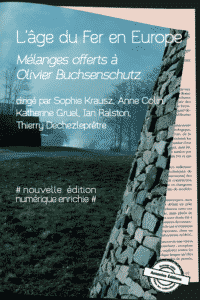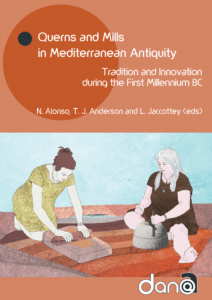UN@ est une plateforme d'édition de livres numériques pour les presses universitaires de Nouvelle-Aquitaine
Auteur : Luc Jaccottey
À la fin des années 1990, Olivier Buchsenschutz démontrait son intérêt pour “Les enjeux d’une recherche sur les meules rotatives dans le monde celtique” (1998)
After thousands of years of exclusively grinding with a to and fro motion, several new types of mills appeared and evolved in the Mediterranean during the last millennium BC.
The hopper rubber is a grinding tool associated with the spread of the ancient Greek world throughout the Mediterranean. Its presence is certified at certain Greek or Greek-influenced sites in the southeast of France during the second half of first millennium BC (Py 1992; Chausserie-Laprée 1998; Frankel 2003; Jaccottey et al. 2013).
The oldest rotary mills in the Mediterranean and Europe which have been widely published (e.g., Alonso 1999, 2015; Alonso & Frankel 2017) are recorded in the middle of the 1st millennium BC in the framework of the dawn of the Iberian Civilisation (Early Iberian period) throughout the northeast of the Iberian Peninsula to the south of France.
The Lez River Valley runs roughly from north to south through Languedoc’s coastal plain to the east of Montpellier. The Late Bronze Age oppidum of Sextantio at the foot of the first limestone massiFs a few kilometres inland is this valley’s first major Protohistoric occupation.
The grinding tools from Protohistory to Late Antiquity along France’s Mediterranean coastline have not, to date, been the object of a systematic survey. This renders the current study of nearly 200 grinding stones unearthed during different excavations of the Greek colony of Olbia de Provence even more relevant.
The session Querns and Mills in Mediterranean Antiquity: Tradition and Innovation during the First Millennium BC was organised in the framework of the annual conference held in Barcelona (2018) by the European Association of Archaeologists (EAA).



